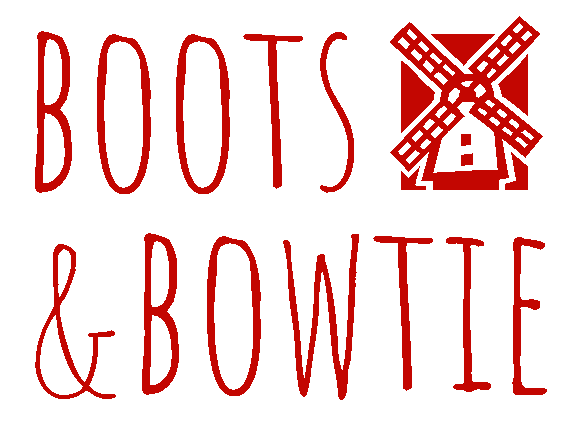When the first warm day was forecast in April after months of virtually unbroken unseasonable cold, Boots and Bowtie decided to get out and visit a place we’d heard about for a long time – the Oostvaardersplassen reserve.
This 5600-hectare reserve in the newly-built province (yep, we’re in Holland) of Flevoland was slated to be an industrial park. Before the new marsh could be developed, many new species quickly colonized the area. Biologists got enthusiastic about what was happening. The government decided to let it be minimally managed, first by geese, then later with help from introduced grazing mammals.
The reserve is part wetland and part grassland. The wetlands host an impressive variety of birds including cormorants, spoonbills and white-tailed eagles. The grassland is kept from turning into forest (this is a Bad Thing) by large grazing animals and geese.* The grazers you’ll see in the Oostvaardersplassen are two ‘back-breeds’, Heck cattle and Konik horses, along with red deer. Unfortunately, what wasn’t introduced was predators, and given that the borders of the reserve are fixed, there is a finite food supply for the non-flying herbivores. Most years see a surplus population and the choice between letting some animals slowly starve or shooting them.
There is a family of foxes, though and you can follow them through the webcam.
Unlike most Dutch nature areas, it is not to be walked or cycled through. It’s been left to try to look like it did thousands of years ago, before people got here. You cannot enter it; you can only observe from the path along the water on the Almere side of the reserve and the visitor centre. However, the views are great. There can be a stiff breeze, so take something windproof.
There is an NS (Dutch Railways sponsored) walk, which officially ends at the Oostvarders train station in Almere (a planned city that pretty much embodies the opposite of a nature area). We decided to start there instead, since only one train per hour serves the Oostvarders station and we didn’t relish the possibility of getting there and having to wait 59 minutes for the next train. It’s about a 2-km walk to the visitor centre, which is the beginning of the stretch along the reserve. The path continues for about another 3 km then turns left just before the dike, and the walk continues along the dike before turning back along the IJ (the former Zuiderzee) towards downtown Almere.
The Almere visitor centre – possibly temporary as we couldn’t find it listed even with Staatsbosbeheer, the forest service which manages it – has wildlife information and exhibits, and an observation deck equipped with powerful binoculars and staffed by enthusiastic and knowledgeable volunteers. It also has a café; you won’t see as much detail as you do with binoculars but it looks like a wonderful place to watch wildlife while kicking back with a glass of something. We’d brought our own refreshment so we can’t rate it.
There are a few benches along the path, and one sheltered group of tables which by the look of it probably wasn’t intended for picnickers as much as photographers. You can’t sit across from each other, but you can rest all manner of photographic equipment on them. We brought out our lunch, attracting the usual stares.

It’s a good idea to bring binoculars as any large animals you see will be across the water and look tiny.

But they’re impressive if you can see them.

Aside from the lack-of-predator problem, it is refreshing and wonderful to see nature being managed as minimally as possible. Although there wasn’t much in the way of wildflowers or leaves on the trees yet, the birds were many and active, and the cattle and horses were out in plain sight, possibly oblivious to us but in any case unafraid of the people watching and pointing. However, as a walk it falls on its face. The path is almost all paved, a succession of slabs of concrete miles long. It’s harder on the feet than just about anything.
The reserve itself is worth a look for sure. The approximately 2-km walk to the visitor centre from the station is largely unpaved if you keep to the bit winding between apartment blocks. However, there’s not much other scenery, or gastronomy to speak of.
Please note that from January 1 to April 15, you can’t enter before noon, as they might be culling animals who would otherwise die of starvation.
{fin}
* It’s more complicated that this, but in a nutshell, the traditional belief that pre-human Europe was a single closed-canopy forest has given way to the theory that it was ‘wood-pasture’: grassland interspersed with groves of trees. Large grazing animals kept tree growth down by eating the tree shoots. The only seedlings making it to maturity were those protected in their first years by thorny shrubs. Experiments such as the Oostvaardersplassen seem to be bearing this out.
